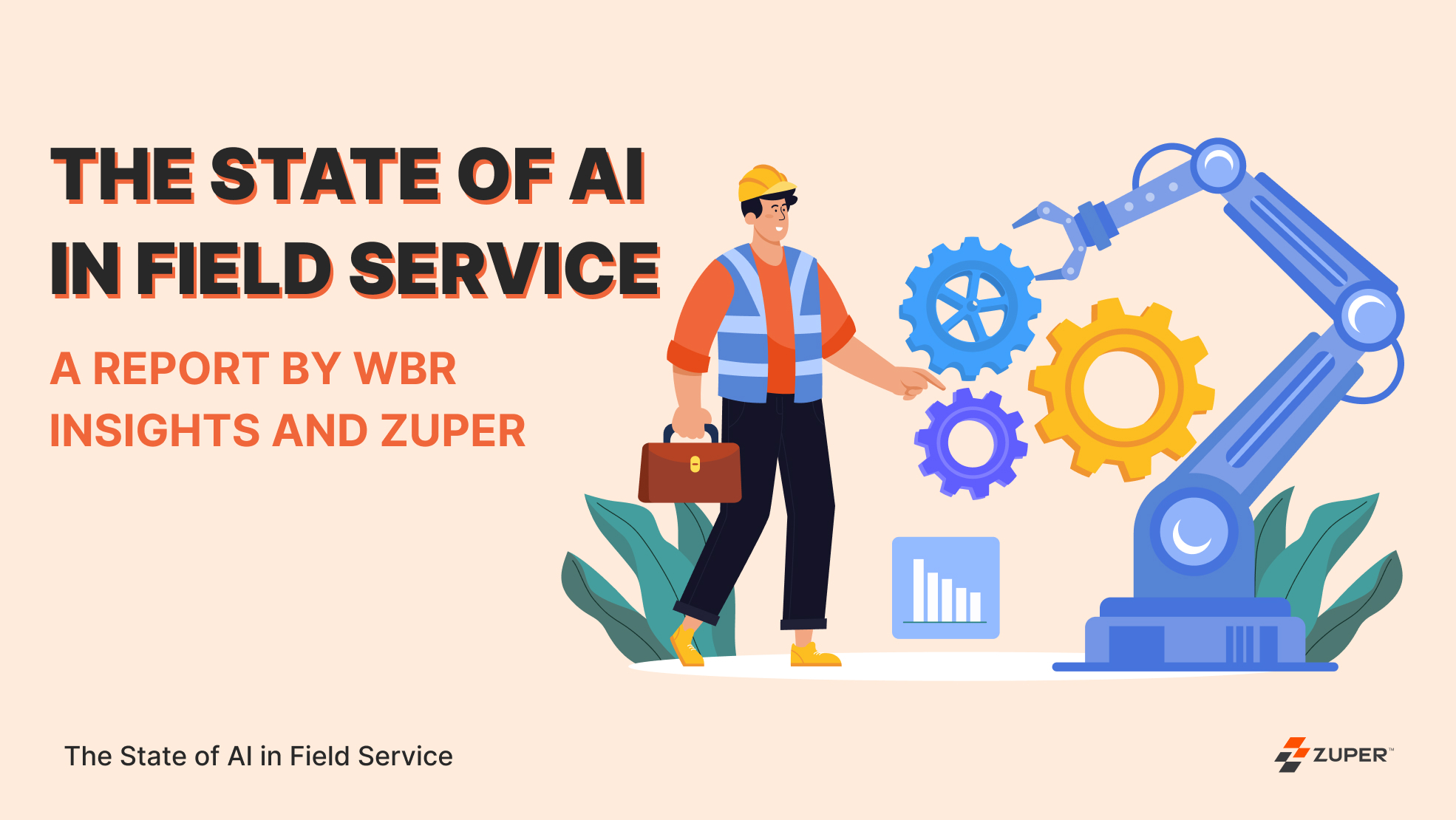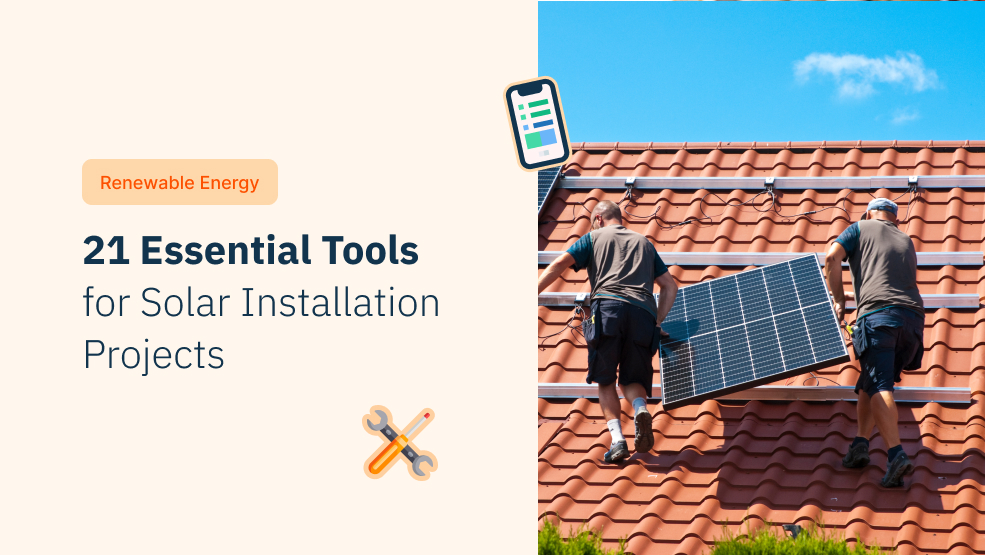In a world that’s constantly evolving, facility management is no exception. With the advent of blockchain technology, managing facilities is undergoing a transformation that promises to bring efficiency, transparency, and security to the forefront. In this article, we will delve into the benefits of blockchain technology and explore how it is reshaping various aspects of facility management, from asset management to maintenance tracking. So, fasten your seatbelts because the future of facility management is here!
Benefits of blockchain technology
Before we dive into how blockchain improves facility management, let’s first understand the key benefits of this revolutionary technology.
1. Cloud-based permanence
One of the most striking features of blockchain is its cloud-based permanence. Unlike traditional databases, blockchain stores data across a decentralized network of computers. This means that once information is recorded on the blockchain, it is virtually impossible to alter or delete. In facility management, this ensures that critical data, such as property records or maintenance logs, remains secure and tamper-proof.
2. Highly encrypted data
Security is paramount in facility management, and blockchain delivers it in spades. Every transaction on the blockchain is encrypted and linked to the previous one, forming an unbreakable chain of data. This level of security minimizes the risk of data breaches and unauthorized access, a concern that plagues many traditional facility management systems.
3. Full transparency
Blockchain technology thrives on transparency. All participants in the network can view the same information, creating a level playing field for all stakeholders. In the facility management context, this means that property owners, tenants, and service providers can access real-time data about the property’s condition, maintenance history, and financial transactions. This transparency fosters trust and accountability.
4. Wait-and-see approach in transactions
Blockchain transactions don’t rely on intermediaries like banks or payment processors. Instead, they use smart contracts, which are self-executing agreements with predefined rules. This “trustless” system eliminates the need to wait for approvals or validations from third parties, speeding up transactions and reducing associated costs.
15 ways blockchain helps facility managers
Now that we understand the advantages of blockchain technology, let’s explore how it is revolutionizing various aspects of facility management.
1. Asset management and real estate funds
Blockchain streamlines asset management by providing a transparent and immutable ledger of property ownership. This can simplify the tracking of real estate investments and make it easier for investors to buy, sell, or trade shares in real estate funds securely.
2. Energy management
Blockchain can be used to track and manage energy consumption in real-time, helping facility managers to reduce costs and improve efficiency. For example, a blockchain-based energy management system could be used to track the energy consumption of each department or tenant in a building, allowing facility managers to identify areas for improvement.
3. Smart contracts
Blockchain-based smart contracts can be used to automate and streamline a variety of facility management tasks, such as vendor procurement, payments, and compliance reporting. For example, a smart contract could be used to automatically pay a vendor when a work order is completed to satisfaction.
4. Payments and leasing
Blockchain simplifies rent payments and leasing agreements by automating payments through smart contracts. Tenants can make payments securely, and property owners can receive them instantly.
5. Project financing
Blockchain offers a secure and efficient way to raise funds for facility management projects. Tokenization of assets allows for fractional ownership, making it easier to attract investors for large-scale projects.
6. Loan and mortgage securitization
Blockchain simplifies the complex process of loan and mortgage securitization by providing a transparent record of loan originations, payments, and transfers. This reduces the risk of fraud and improves the efficiency of the lending process.
7. Property management
Property management becomes more efficient with blockchain’s transparent and automated systems. Property managers can easily track maintenance requests, rent payments, and property inspections in real-time, improving tenant satisfaction and property performance.
8. Land and property registries, sales, and reassignment
Blockchain can digitize land and property registries, making it easier to track ownership and transfer of properties. This reduces fraud and errors in property transactions while speeding up the sale and reassignment processes.
9. Urban planning
Blockchain can facilitate better urban planning by creating a shared platform for city authorities, developers, and residents to collaborate on infrastructure projects. This can lead to more sustainable and well-designed urban areas.
10. Property development and construction
Smart contracts on the blockchain can automate construction contracts and payments, reducing disputes and delays. Additionally, blockchain’s transparency can help verify the authenticity of construction materials and ensure quality control.
11. Investor and tenant identity
Blockchain provides a secure way to verify the identities of investors and tenants, reducing the risk of fraudulent activity. This is particularly important in the real estate industry, where identity verification is crucial for compliance and security.
12. Real-time accounting
Blockchain technology allows for real-time accounting, ensuring that financial records are up-to-date and accurate. This can streamline budgeting and financial reporting for facility management.
13. Work order tracking
One of the most practical applications of blockchain in facility management is work order tracking. Blockchain can provide a transparent and immutable record of all maintenance requests, repairs, and service contracts. This ensures that work orders are executed promptly, reducing downtime and enhancing the overall efficiency of facility management operations.
14. Preventive maintenance of assets
Blockchain can be used to schedule and automate preventive maintenance tasks. By tracking equipment usage and performance on the blockchain, facility managers can predict when maintenance is needed, reducing unexpected breakdowns and costly repairs.
15. Life cycle assessments of assets
Facility managers can use blockchain to monitor the entire life cycle of assets, from acquisition to disposal. This data can help make informed decisions about asset maintenance, upgrades, and replacements, ultimately optimizing resource allocation and reducing long-term costs.
Why do you need Zuper field service management software?
In order to enjoy the benefits of using blockchain in facility management, you need to have a field service management software product which has work order, contract, asset, and payment modules. Yes, many products on the market offers these features, but you need Zuper because we are the most powerful field service management software solution that is highly customizable and flexible. With Zuper,
- You can use ready-to-use contract templates to create service agreements
- Real-time asset tracking and report generation
- Schedule preventive maintenance of assets regularly
- Set multi-factor authentication for safety and compliance
- Create organizations, properties, and set hierarchies
These are just a few highlights of Zuper’s capabilities within contracts and asset management. Beyond that, our software excels in work order management, invoicing, and payment processing. Let Zuper save you time; get access to free demo of our field service management software with all features included. Use this opportunity to scale your facility management operations.
Taking the next steps
The future of facility management is unfolding before our eyes, driven by the transformative power of blockchain technology. As facility managers, property owners, and tenants embrace blockchain, they can expect increased efficiency, reduced risks, and improved transparency in their operations. It is clear that blockchain is not just a buzzword; it is a game-changer that’s here to stay. So, if you want to stay ahead in the world of facility management, it is time to hop on the blockchain bandwagon—a revolution in the making.
Subscribe to our newsletter and stay informed of current trends in the service industry.
Step up and be a force for good. For every T-shirt you wear, 2700 L of water is consumed. You hold the power to reclaim gallons of water with every garment you wear. Choose minimalism; Save water. Mindful closet for a sustainable future!











